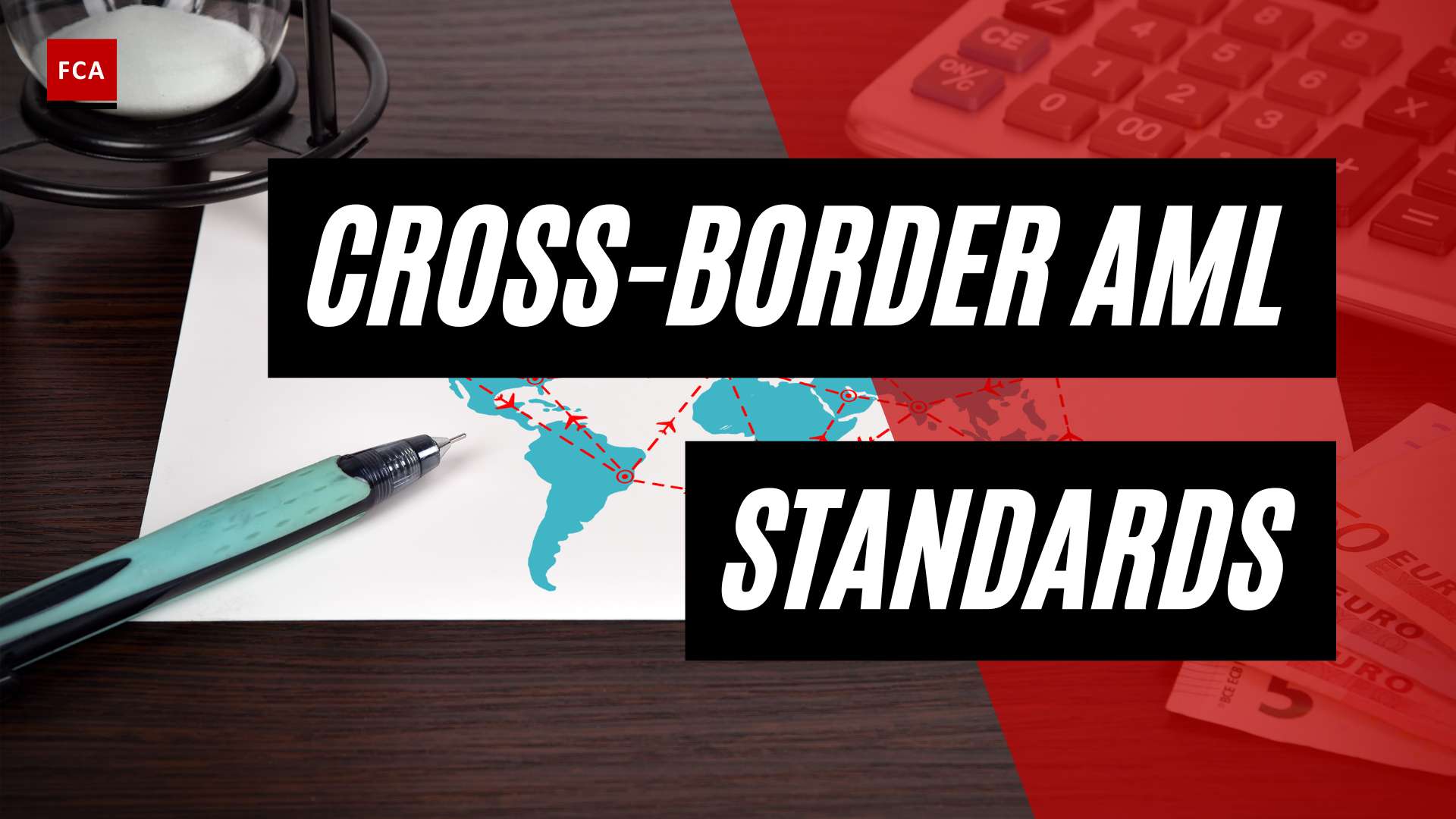Introduction to Anti Money Laundering And Counter Terrorist Financing. It is quite clear that money laundering is detrimental to a country. In fact, there are many negative risks and effects from money laundering, and governments are well-advised to take action against it to protect their economies, businesses, and societies.
Thus, the prevention of money laundering and terrorist financing has been a central topic globally for several decades. Authorities are constantly looking for new ways to detect and prevent money laundering and terrorist financing through the anti money laundering and counter terrorist financing. In contrast, criminals are constantly developing innovative tactics to stay one step ahead.

Anti Money Laundering And Counter Terrorist Financing Definition
The term anti-money laundering, or AML, refers to the laws, regulations, and procedures intended to prevent criminals from disguising illegally obtained funds as legitimate income. Though anti-money laundering laws cover a limited range of transactions and criminal behavior, their implications are far-reaching.
For example, AML/CTF regulations require banks and other financial institutions that issue credits or accept customer deposits to follow rules that ensure they are not aiding money laundering. Other examples are manifold, and they cover all types of businesses and go far beyond financial services.
AML laws and regulations target criminal activities, including market manipulation, trade in illegal goods, corruption, tax evasion, the methods used to conceal these crimes, and their money.
The same holds for preventing terrorist financing commonly referred to as counter-terrorist financing, or CTF. The main purpose of anti money laundering and counter terrorist financing or AML and CTF regulations is to prevent money laundering and terrorist financing. Regulators worldwide have published and are continuously publishing many pieces of legal work to achieve these objectives. Companies are required to comply with these laws and regulations.
Money Laundering and Terrorist Financing
Money laundering and terrorist financing are two crimes that are frequently mentioned together. This is not because they are identical, but because there is frequently a great deal of overlap just like the anti money laundering and counter terrorist financing.
Money launderers typically transfer relevant funds (criminal property) into the financial system via cash-based laundering (casinos or cash businesses), money transmission (international or otherwise), and property transactions. Money laundering’s goal is to make criminal property appear legitimately earned.
Terrorist financing refers to the financial support given to terrorists, terrorist organizations, or terrorist acts. This money can come from a variety of sources, both legal and illegal. Terrorist financing entails gathering, storing, transferring, and finally using money.
In both cases, funds are withheld and purposefully hidden from authorities, and the techniques used in money laundering and terrorist financing are strikingly similar. Terrorist financing and money laundering are processes that overlap, and money that has been laundered may be used as terrorist funds.
The source of the funds is an important distinction between money laundering and terrorist financing and anti money laundering and counter terrorist financing. The source of the funds in money laundering will be some sort of criminal activity. The source of the funds is largely irrelevant in terrorist financing; the greater concern is where the money goes and who it supports. Terrorist funds can come from a variety of sources, both illegal and legal.
Final Thoughts
Money laundering necessitates an underlying, primary, profit-making crime (such as corruption, drug trafficking, market manipulation, fraud, or tax evasion), as well as the intent to conceal or further the criminal enterprise.
These activities generate financial flows that involve the diversion of resources away from economically and socially productive uses—diversions that can have a negative impact on member states’ financial sectors and external stability. Anti money laundering and counter terrorist financing is important to understand.
Money laundering and terrorist financing offenses can result in harsh penalties such as suspension, revocation of authorization, and management prohibitions, as well as up to fourteen years in prison and unlimited fines.








